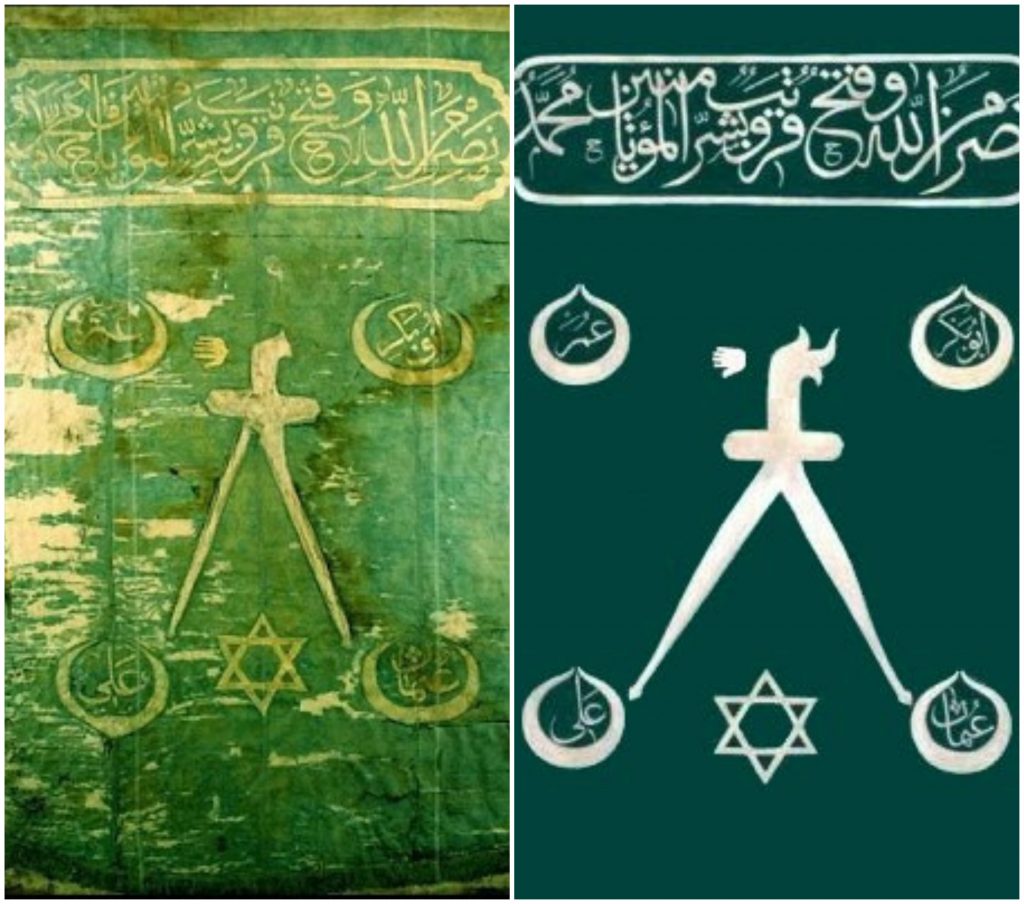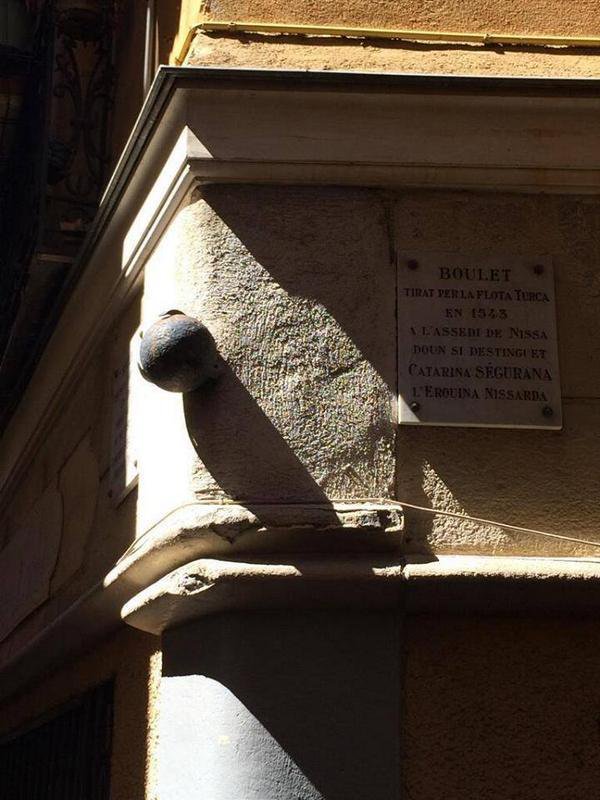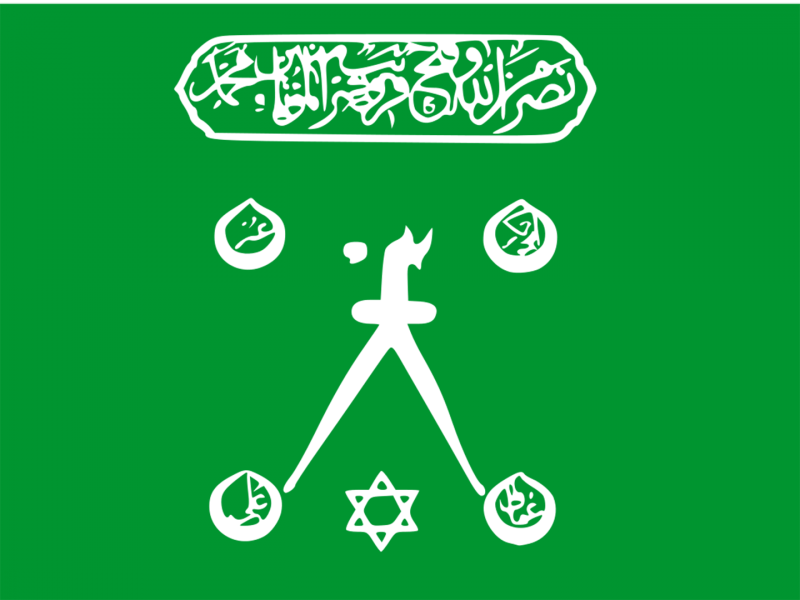Barbaros Hayrettin Pasha, aka Hızır Reis, was born on Midilli Island at the beginning of the 1470s. The name Hayrettin was given him by Suleyman the Magnificent (Kanuni Sultan Süleyman) for services he had done. It means “good for religion.” After leaving business and commerce professions, Barbaros started sailing; in the 1520s, he organized raids to the Mediterranean shores and obtained booty– actually acting like a pirate! Barbaros Hayrettin Pasha was a famous sailor in the history of the Ottoman Empire. Barbaros Hayrettin Pasha, who was promoted to a higher rank as chief admiral (Kaptan-ı Derya) by Suleyman the Magnificent in 1534, became the first captain pasha of the State.

Flag of Barbarossa
One important thing about Barbaros Hayrettin Pasha’s life is the flag. The flag of Barbaros Hayrettin Pasha consist of six corners, and it holds much symbolism and meaning. At the top, there is section boasting the thirteenth verse of the “Saf” surah of Quran, which is about trade. According to the legend, in a naval war Barbaros Hayrettin Pasha felt despair, but he managed to write two verses on a paper, and then dropped it down to the sea. Then the wind started to blow in favor of him, and he won the war. Barbaros Hayrettin Pasha accepted this situation as God’s conscience, and in order to rule the wind, he drew Hz. Süleyman’s (Prophet Solomon) six-point-marble into the flag.
Solomon’s Seal is the symbol of the well-known womb and it appears on many mosque walls, ceilings, and in other ornaments that have survived for centuries in Turkey. Solomon’s Seal is also used in embroidery as well as on wood carvings, for textiles, in architecture, and in metal designs. It has even become a central pattern for trees, paper, and stones. This is also called the Star of David.

Kheyr-Ed-Din Barbarossa / Hayreddin Barbarossa or Barbarossa Hayreddin Pasha / Khizr. (Barbarossa means Redbeard in Italian). Ottoman admiral who dominated the Mediterranean. c. 1478 – 4 July 1546. Served Sultan Suleiman the Magnificent (Photo by Culture Club/Getty Images).
The sword located in the middle of the flag is Zülfikar, the double-edged sword of Hz. Ali, that we also see in another Turkish flag. This has been used extensively by the Turks as an Islamic symbol. Four caliphs’ names are also written on the double-edged sword of Hz. Ali’s four sides: Hz. Ömer, Hz. Osman, Hz. Ebubekir, and Hz. Ali.
Barbaros Hayrettin Pasha’s white hand symbol is also known as Pençe-i Al-i Aba. It symbolizes the Ehl-i Beyt that includes the close family of Prophet Muhammad (PBUH), who are the daughter of Muhammad Hz. Fatma, the mother-in-law of Hz. Ali and his grandfather Hz. Hasan and Hz. Hüseyin. The white hand symbol means commitment and love for the Ehl-i Beyt.

A greeting cannon fired by Barbaros Hayrettin during his “visit” to Nice, France
When the Ottoman navy was powerful in the 16th century, they dominated a commercial geography where three religions were dominant. As a result of this sovereignty, the symbol of Christianity, which is the cross, is also imprinted on the flag.
You can see Barbaros Hayrettin Pasha’s flag in The Naval Museum in Beşiktaş, İstanbul. Barbaros Hayrettin Pasha’s tomb is about 25 meters far away from the museum.

